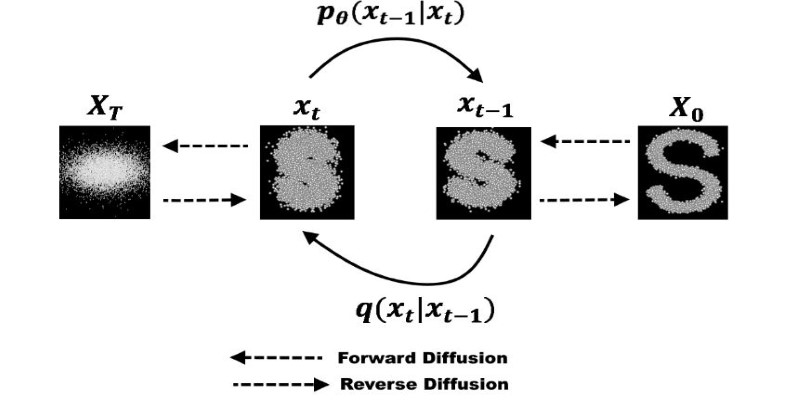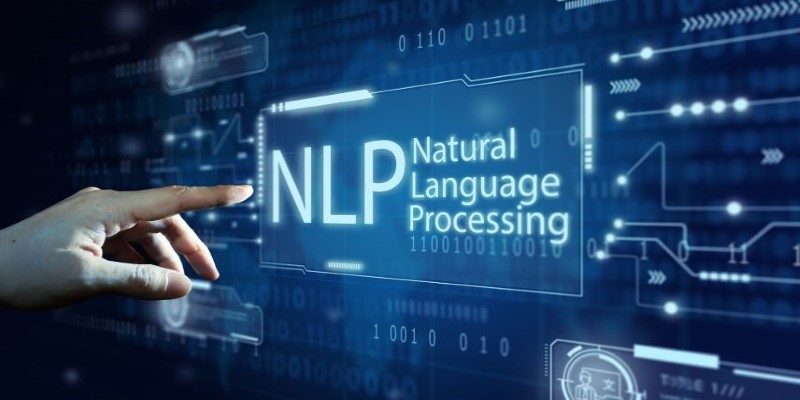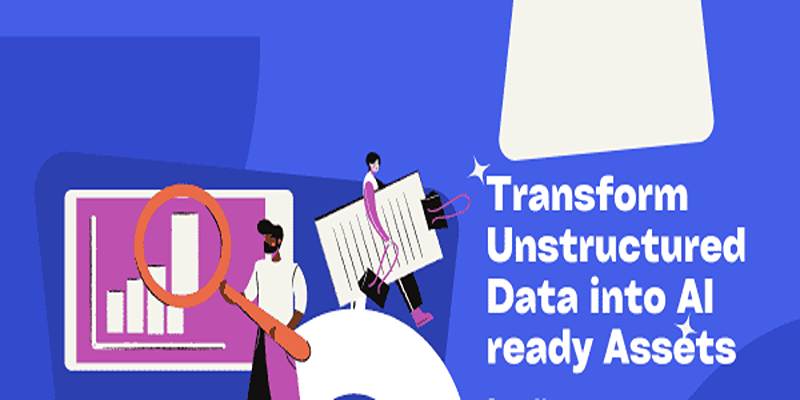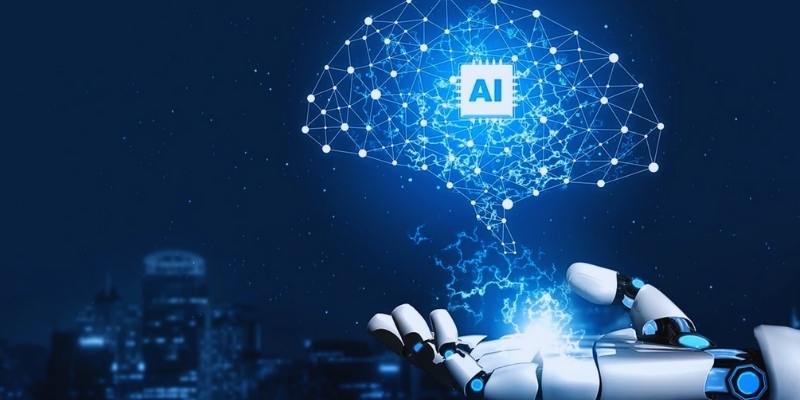Artificial intelligence is advancing at an incredible pace, and one of the most exciting breakthroughs in recent years is the rise of diffusion models. These models have reshaped how AI generates images, text, and even music, making them a fundamental part of modern machine learning research. While they may sound complex, diffusion models follow a surprisingly intuitive process inspired by the way particles spread in nature.
They have already demonstrated their strength in applications such as AI art generation, medical imaging, and data synthesis. But what are diffusion models, how do they operate, and why are they so powerful?
Understanding the Basics of Diffusion Models
Diffusion models are a type of generative model in machine learning. Their philosophy is built around a two-step procedure: destroying structure in data and subsequently learning to reverse the destruction. Visualize taking an image and applying random noise to it over and over again until it is nothing but pure static. If you could then teach an AI to "undo" what has been done—restoring the original image stepwise—you'd have a diffusion model. That is precisely what these models accomplish: they learn to produce data by reversing a process that introduces noise in the long term.
This method makes diffusion models highly efficient at generating high-quality images. In contrast to previous techniques, such as Generative Adversarial Networks (GANs), which are based on competition between two neural networks, diffusion models follow a more linear and foreseeable path to learning. They proceed by iteratively refining random noise into meaningful patterns, resulting in highly detailed and realistic outputs. The method has become popular since it generates more stable and varied results compared to other generative AI methods.
How Do Diffusion Models Work?
At the core of diffusion models is a training process that consists of two competing phases. The first, the forward diffusion process, slowly corrupts an item of data—like an image—by incrementally adding noise in lots of steps. In the last step, the data is totally unrecognizable and appears as random static.

The second phase, the reverse diffusion process, is where the magic happens. The model is trained to take a noisy input and predict a slightly cleaner version of it. It repeats this process, step by step until a coherent image or piece of data emerges. The key challenge is teaching the model how to make these gradual refinements consistently reconstruct realistic outputs.
One of the reasons diffusion models work so well is their step-by-step nature. Unlike GANs, which generate entire images in a single shot, diffusion models build up their final output progressively. This leads to fewer artifacts, more control over the generated data, and higher image quality. It also allows for more flexibility, making it easier to guide the model toward specific styles or structures.
Applications and Advancements
Diffusion models are not just theoretical concepts—they are already making a big impact in AI applications. One of the most well-known examples is OpenAI's DALL·E, which can generate highly detailed and creative images from text descriptions. Similar models power tools like Stable Diffusion, which allows users to generate artwork by simply typing a prompt.
Beyond image generation, diffusion models are proving useful in areas like medical imaging, drug discovery, and video synthesis. In medicine, they can enhance low-resolution scans or generate realistic examples of rare conditions, helping doctors improve diagnoses. In scientific research, they can simulate chemical structures, aiding in the design of new materials and pharmaceuticals. Their ability to generate high-quality synthetic data also makes them valuable in privacy-sensitive applications where real-world data is limited or protected.
Diffusion models offer remarkable adaptability, allowing modifications mid-process to refine or alter details. This flexibility has led to AI-powered editing tools capable of adjusting an image’s style, modifying lighting, or removing unwanted objects while preserving photorealistic quality. Because they generate images step by step, these models provide greater control, making them ideal for fine-tuned edits and creative applications in digital art and media.
The Future of Diffusion Models
Diffusion models are advancing rapidly, with their impact on AI still unfolding. While they already generate highly detailed images and synthetic data, future improvements will likely enhance their speed, efficiency, and accessibility. A major challenge is the computational cost, as these models rely on multiple iterative steps, making them more resource-intensive than alternatives like GANs. However, ongoing optimizations, such as reducing steps and refining noise removal, are making them more practical for widespread use.

A promising development is the integration of diffusion models with other AI architectures. Researchers are exploring how they can work alongside transformer models, which are widely used in natural language processing. This could enable AI to generate images, understand context, and interact intelligently, paving the way for advanced applications like AI-driven video editing, interactive storytelling, and real-time content generation.
As efficiency improves, diffusion models will likely move beyond research labs into mainstream applications. Industries such as gaming, film, healthcare, and advertising may use them to generate high-quality visuals and simulations with minimal manual input. Their ability to create stable, high-quality data with control and flexibility makes them a vital part of AI’s future, influencing creative industries, scientific research, and problem-solving innovations.
Conclusion
Diffusion models have revolutionized AI by offering a structured way to generate realistic images and data. Unlike older methods, they refine noise step by step, leading to greater detail and stability. Their applications span from AI-generated art to medical imaging and scientific research, making them a vital tool for innovation. As advancements continue, these models will become faster, more efficient, and widely accessible. While computational costs remain a challenge, ongoing optimizations will drive their mainstream adoption. Diffusion models are set to shape the future of AI-powered creativity, transforming how machines generate and interpret digital content with precision and control.











